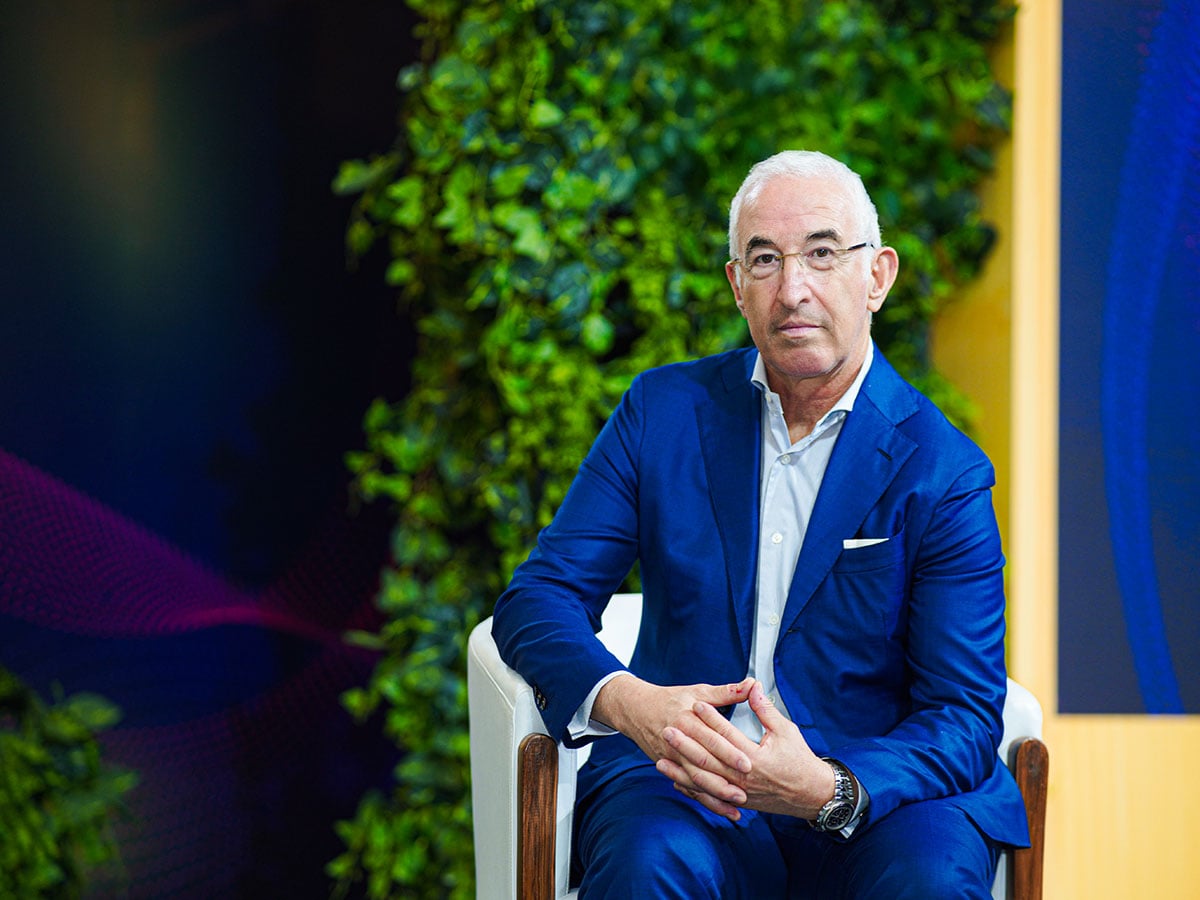 Paul Bloch, president and co-founder, DataDirect Networks. Image: DDN
Paul Bloch, president and co-founder, DataDirect Networks. Image: DDN
California-based DataDirect Networks (DDN), well known for powering the world’s fastest supercomputers, has long supported Indian giants like the Tata Group, ONGC, and various ministries, including defence, electronics, and earth sciences. The 26-year-old data storage company is now witnessing a significant shift, with commercial, hyperscale data centres and cloud companies investing 20 times more in high-performance computing (HPC). According to Paul Bloch, president and co-founder, “Ninety percent of India’s AI supercomputers rely on DDN.”
India accounts for approximately 10 percent of DDN’s revenue, making it one of the company’s largest markets after the US and Japan. As a privately-held $1 billion company, DDN designs, manufactures, and delivers high-performance storage solutions to organisations requiring massive data storage and processing. For instance, DDN powers the majority of Nvidia chips, from the A100 to the upcoming Blackwell graphics processing units (GPUs). Over 500,000 GPUs count on DDN to save millions of dollars while accurately accelerating massive datasets. The company claims to be the overall market leader in AI and HPC at scale.
During his recent visit to India, Bloch spoke with Forbes India about onboarding Elon Musk’s startup xAI, working with the US government, expanding in India, and other key developments. Edited excerpts:
On working with the US government
DDN has historically provided 70 to 80 percent of the top supercomputers to the US government for high-performance computing over the past 20 years. Our expertise lies in delivering data storage systems to government agencies, research labs, universities, and organisations requiring huge data and real-time access. The US government is multiplying their AI budgets; it was spending $3 billion two years ago, this year it is $30 billion. And it could potentially go up to $100 billion next year.
A decade with Nvidia
Our entry into AI was a natural progression. About 8-10 years ago, Nvidia sought a solution for their internal supercomputers. They wanted to build and run applications end-to-end, not just deliver chips. This approach set Nvidia apart. In addition, they chose us because we understood their requirements: Parallel access, low latency, and scale. We have delivered around 50-60 systems tested against Nvidia’s massive systems. This serves as a proof point, allowing customers to test and adopt our technology, already vetted by Nvidia. Our collaboration has enabled the development of AI models and complex machine learning workflows.
Footprint in India
High-performance computing has been present in India for a long time, spanning various sectors like weather, research, medical, and government. However, it was not widely discussed until artificial intelligence gained popularity. Now, people are recognising the significance of HPC in AI. Prime Minister Narendra Modi is particularly interested in it, with an allocated budget to provide research, education, and public services through local cloud partners. This initiative is expected to grow over the next six to 12 months, starting with 10,000 to 20,000 GPUs from Nvidia, along with network and applications. It’s also the first time in India’s history that we’re seeing commercial companies, hyperscalers, and cloud companies investing 20 times more in high-performance computing.
We have a large R&D team in India, with close to 500 people in Pune and Bengaluru, and plan to add 100-200 more over the next 12 months. Our team has been successful in India, working with private companies, government agencies, and research organisations like the Ministry of Earth Sciences, Ministry of Defence, CDAC, Tata, Mercedes, and ONGC. We have been receiving interest from India over the past decade, with a steady growth in research, R&D, and government organisations transitioning from HPC to AI.
Going for IPO
DDN considered going public in 2008 but decided against it. As a privately-held company, we have maintained profitability for over two decades. Our approach is conservative, and there are no definitive plans for an IPO yet. However, as the market evolves and our revenue grows rapidly, we may reassess our options within the next couple of years. The AI revolution has significantly boosted our growth. This year alone, we expect to double our revenues, surpassing $1 billion in bookings. We achieved last year’s revenue by the end of April this year.
Elon Musk’s xAI powered by DDN
We recently onboarded xAI, an artificial intelligence startup founded by Elon Musk in 2023. xAI built its supercomputer, called Colossus, from a cluster of 100,000 Nvidia H100 GPUs in 19 days. We are proud to be part of this deployment. Most large AI models train on DDN solutions with Nvidia. We also serve startups, delivering systems and data platforms. These companies, some of which did not exist a year ago, are driving exciting advancements in medical, life sciences, and genomics.
On competitors
There are no direct competitors that come to mind. Large OEM suppliers like Dell and NetApp offer standard storage solutions, but they fall short for HPC and AI needs. We have invested heavily over the years to develop specialised technology, positioning us as a leader in this market. While there may be some competition, our solutions far surpass others. Dell and NetApp excel in enterprise and accounting, but their platforms are not designed for AI. DDN’s 20-year focus on HPC and AI sets us apart.
